Table of Contents:
- Introduction
- Understanding Essential Wilderness First Aid Skills
- 5 Reasons Why You Need Wilderness First Aid Training
- Final Thoughts
The great outdoors offers a thrilling escape from the daily chaos. However, it also presents unique challenges. What would you do if a fellow hiker sprained their ankle miles away from help? How would you react if someone in your group developed severe hypothermia in the middle of the night?
These are not just hypothetical questions; they are real-life scenarios that thousands of adventurers face annually. According to a study published in 2023, outdoor recreation injuries accounted for approximately 3.7 million of all injuries treated in emergency departments across the U.S. This includes injuries from activities such as hiking, climbing, and sports. Therefore, being unprepared in these situations can turn an exciting adventure into a dangerous nightmare.
This is when Wilderness First Aid (WFA) becomes critical. It’s a necessity that could save a life when you’re far from medical facilities. This wilderness first aid guide will walk you through the key skills and training needed to handle emergencies in the wild.
Master ACLS Now
Get ACLS certified with confidence
Understanding Essential Wilderness First Aid Skills
Wilderness first aid involves providing immediate care to an injured or ill person in remote areas where emergency medical services (EMS) are not readily accessible. Unlike standard first aid, which assumes help will arrive quickly, wilderness first aid equips you to manage emergencies for extended periods. It prepares you to care for someone for hours or even days until professional help can reach you.
The primary goal of wilderness first aid basics is to stabilize the patient, prevent the situation from worsening, and provide comfort. This often requires improvisation and the use of available resources, as you may not have access to standard medical supplies. Some of the basic wilderness first aid skills are as follows:
-
Assessing the Situation and Patient
The first step in any basic wilderness first aid situation is assessing the scene. Doing so will ensure it is safe for both the responder and the patient. In the wilderness, this could mean checking for environmental hazards such as:
- Falling rocks
- Unstable terrain
- Approaching wildlife.
Once the scene is secure, assessing the patient is critical. This involves checking the patient’s vital signs, breathing, pulse, and consciousness level. It is also important to identify life-threatening conditions, such as severe bleeding, difficulty breathing, or signs of shock.
-
Controlling Bleeding
Uncontrolled bleeding can lead to shock and death if not managed quickly. In the wilderness, controlling bleeding is a top priority. Basic techniques include applying direct pressure to the wound, elevating the injured area (if possible), and using a clean cloth or bandage.
A tourniquet may be necessary for severe bleeding where these methods are ineffective. However, to avoid further damage, it is essential to use a tourniquet correctly. Therefore, proper training is needed to ensure you can apply a tourniquet safely and effectively.
-
Managing Fractures and Sprains
Fractures and sprains are common injuries in outdoor activities. First aid in the wilderness involves stabilizing the injury to prevent further harm. Splinting is a technique used to immobilize the injured area. Sticks, rolled-up clothing, or other materials can be used to create a makeshift splint.
For sprains, the RICE method (Rest, Ice, Compression, Elevation) is recommended. In the wilderness, you may need to improvise with cold water or snow as a substitute for ice.
-
Treating Hypothermia and Hyperthermia
Exposure to extreme temperatures is a significant risk in the wilderness. Hypothermia takes place when the human body loses its heat much faster than it can produce it. This leads to dangerously low body temperature. Symptoms include losing coordination, confusion, and even shivering. To manage hypothermia, you can follow these steps:
- Move the person to a warm, dry place, remove any wet clothing, and cover them with blankets or warm clothing.
- Providing warm (not hot) fluids can also help raise body temperature.
Hyperthermia, on the other hand, is caused by excessive heat and dehydration, leading to conditions like heat exhaustion or heat stroke. Symptoms include heavy sweating, dizziness, nausea, and, in severe cases, loss of consciousness. To manage hyperthermia, you take the following steps:
- Move the person to a cooler area,
- Provide cool water to drink,
- Use wet clothes or fanning to lower their body temperature.
-
Recognizing and Treating Shock
Shock is a life-threatening condition that can result from severe injury, blood loss, or infection. Symptoms of shock include pale, clammy skin, rapid pulse, shallow breathing, and confusion.
Outdoor first aid for treating shock involves laying the person down, elevating their legs (if there are no leg or spine injuries), and keeping them warm. It is crucial to keep the person calm and monitor their vital signs until help arrives.
-
Wound Care
Proper wound care is essential to prevent infection, which can be a serious issue in the wilderness. Clean the wound as thoroughly as possible with clean water to remove dirt and debris. Apply an antibiotic ointment if available, and cover the wound with a sterile bandage or clean cloth.
In some cases, wounds may need to be closed using butterfly bandages or stitches. However, it is often safer to leave the wound open and focus on keeping it clean until you can reach a medical facility.
-
Dealing with Allergic Reactions
Allergic reactions, especially anaphylaxis, can be life-threatening. Symptoms include swelling of the face or throat, difficulty breathing, and a rash. If you know the person has severe allergies, ensure they carry an epinephrine auto-injector (EpiPen) and know how to use it.
If an allergic reaction occurs, administer epinephrine immediately if available and seek emergency medical help as soon as possible. Antihistamines can also help manage milder allergic reactions.
-
Handling Altitude Sickness
Altitude sickness occurs when you ascend to high altitudes too quickly, leading to symptoms like headache, nausea, dizziness, and shortness of breath. In severe cases, it can progress to high-altitude pulmonary oedema (HAPE) or high-altitude cerebral oedema (HACE), both of which can be fatal.
To treat altitude sickness, descend to a lower altitude as quickly as possible. Rest and hydration are also important. For severe cases, administering oxygen or using medications like acetazolamide (if available) may be necessary.
-
Improvising with Limited Supplies:
Wilderness first aid often requires creativity in using what you have on hand. Knowing how to use available materials, like turning a shirt into a bandage or a tree branch into a splint, is crucial. This skill comes with practice and experience, making it a key component of any WFA training program.
Also Read: Become an Active Emergency Medical Responder With an ACLS Course
5 Reasons Why You Need Wilderness First Aid Training
While having basic knowledge of wilderness first aid is helpful, proper training is essential for effectively applying these skills in real-life situations. Wilderness first aid training courses are designed to teach you how to assess and respond to emergencies in remote environments.
-
Hands-On Practice
The first aid class provides hands-on practice. It will allow you to learn and refine your skills in a controlled environment. This practical experience is invaluable as it builds confidence and muscle memory. This will ensure you get to act instantly and correctly when needed.
-
Scenario-Based Learning
Many WFA courses use scenario-based learning, where participants practice responding to simulated emergencies. These methods are devised to imitate real-life situations. It will help you develop problem-solving skills and adaptability under pressure.
-
Understanding Wilderness-Specific Challenges
WFA training also covers the unique challenges of providing first aid in the wilderness. Some of these challenges are limited resources, environmental dangers, and prolonged patient-related care. This type of knowledge is needed for proper decision-making. It will guarantee the safety of both the patient and the responder.
-
Certification
After Completing a WFA course, students receive a certification. This might be needed for certain outdoor activities or jobs. Certification also shows your competence in wilderness first aid. It will reassure you and others in your group that you can handle emergencies.
-
Lifelong Learning
Wilderness first aid (WFA) is a skill that develops over time through continuous learning and practice. As you gain more outdoor experience, your understanding of WFA techniques will significantly improve. This foundation can then lead you to pursue more advanced certifications, such as Wilderness First Responder or Wilderness EMT, further enhancing your ability to handle emergencies in remote settings.
Read More: Why do Tour Guides need to obtain a CPR, AED, and First Aid Course?
Final Thoughts
Survival first aid wilderness is a skill set for all individuals who venture into remote areas. Individuals should know how to control or stop bleeding, address fractures, and even evaluate the circumstances. This will let you make a great difference during the time of a crisis.
Having proper training for wilderness first aid means you can handle all these situations easily. You can keep yourself and others protected when outside. Remember, the wilderness is unpredictable. So, you should have the right skills and knowledge to navigate confidently and safely.







